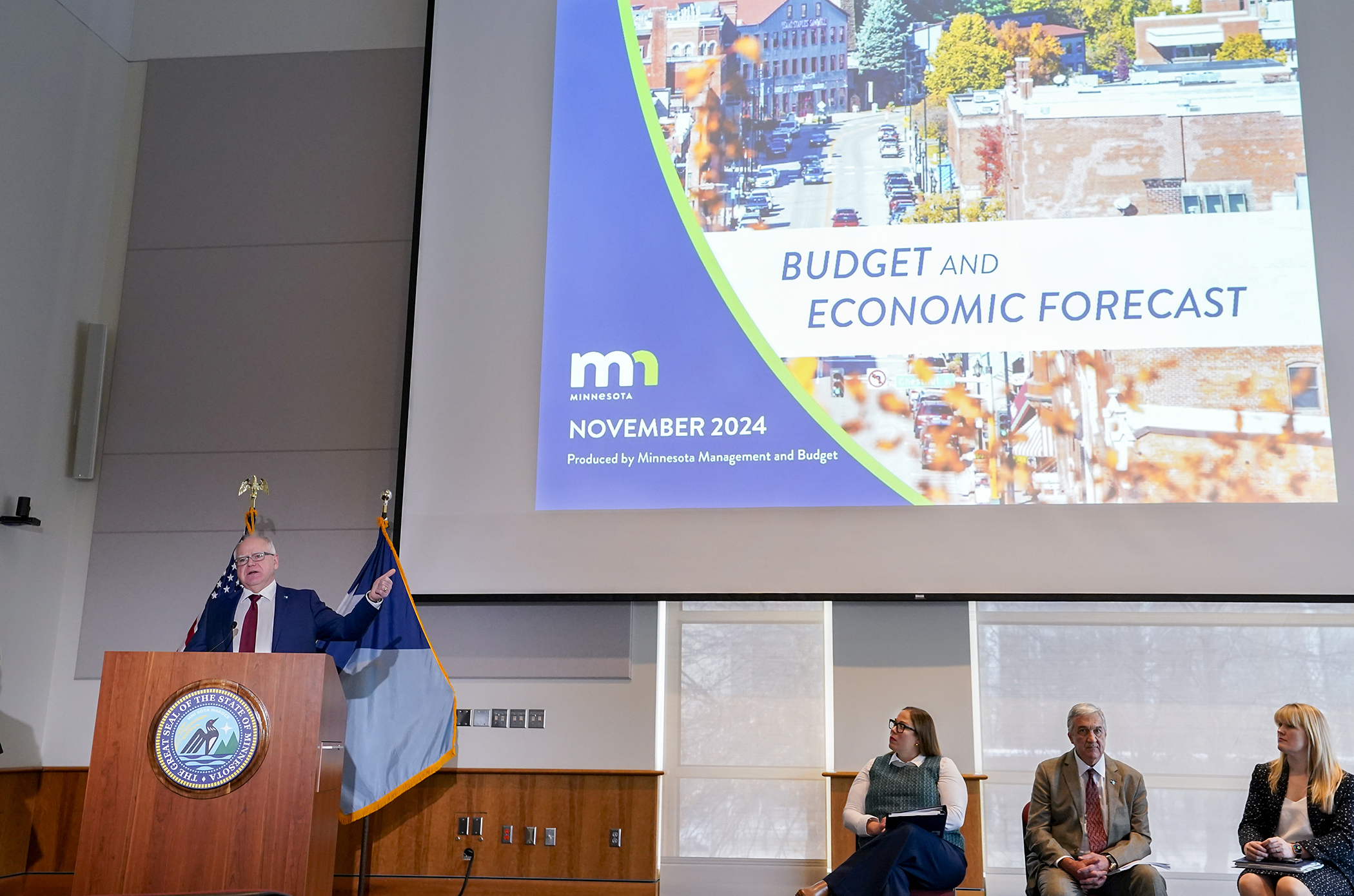Bill proposes expanding state’s working family tax credit

The term, “working families,” has been a staple of campaign stump speeches for at least the last five years. But those words have been part of state tax policy since 1991, when the Working Family Tax Credit was signed into law. Building off the federal Earned Income Tax Credit, Minnesota filers could receive a refundable credit of an additional 10% of what they would get from the feds.
Rep. Zack Stephenson (DFL-Coon Rapids) would like to make the credit larger and available to more taxpayers. That’s why he’s sponsoring HF721, which would make a larger percentage of a filer’s earned income available as a credit and raise the maximum income levels for those eligible.
The bill was laid over by the House Taxes Committee on Tuesday for possible omnibus bill inclusion, but Stephenson said he’d like to see expansion of the credit be even larger in its final form.
Stephenson said the bill’s inspiration came from visiting constituents on their doorsteps while campaigning.
“Among the conversations that really stick with you are when you run into someone who’s really struggling,” Stephenson said. “I had a lot of conversations in which people would say: ‘I’m working really hard. I’m trying. But the numbers aren’t adding up. It’s just not working.’
“And the Working Family Tax Credit is a phenomenal tool to help people who are in that situation. It’s one of the best tools we have in government, both at the state and federal level, to reduce poverty.”
In 1998, the state set the tax credit’s parameters to be a percentage of earned income that ranges from 3.9% to 12.5%. The bill would raise that to between 9% and 15%.
Currently, the highest threshold for receiving the credit is phased out at $33,140. But that would increase to $43,000.
The Department of Revenue estimates that, with the bill’s changes, the number of filers receiving the credit would rise from the current 395,000 to about 404,000 in tax year 2023, with about 301,300 tax returns seeing an average change in tax of about $250.
The department also estimates it would reduce the General Fund by $75.5 million in fiscal year 2024 and $76.8 million in fiscal year 2025.
Rep. Jeff Witte (R-Lakeville) asked if there has been much fraud found among filers receiving the Working Family Tax Credit. Joanna Bayers, legislative director for the Department of Revenue, said they do run into mistakes filers make, but that it’s mostly unintentional.
Related Articles
Search Session Daily
Advanced Search OptionsPriority Dailies
Ways and Means Committee OKs House budget resolution
By Mike Cook Total net General Fund expenditures in the 2026-27 biennium will not exceed a hair less than $66.62 billion.
That is the budget resolution approved Tuesday by the House Ways...
Total net General Fund expenditures in the 2026-27 biennium will not exceed a hair less than $66.62 billion.
That is the budget resolution approved Tuesday by the House Ways...
Minnesota's budget outlook worsens in both near, long term
By Rob Hubbard It looks as if those calling for less state spending could get their wish, judging from Thursday’s release of the February 2025 Budget and Economic Forecast.
A state su...
It looks as if those calling for less state spending could get their wish, judging from Thursday’s release of the February 2025 Budget and Economic Forecast.
A state su...